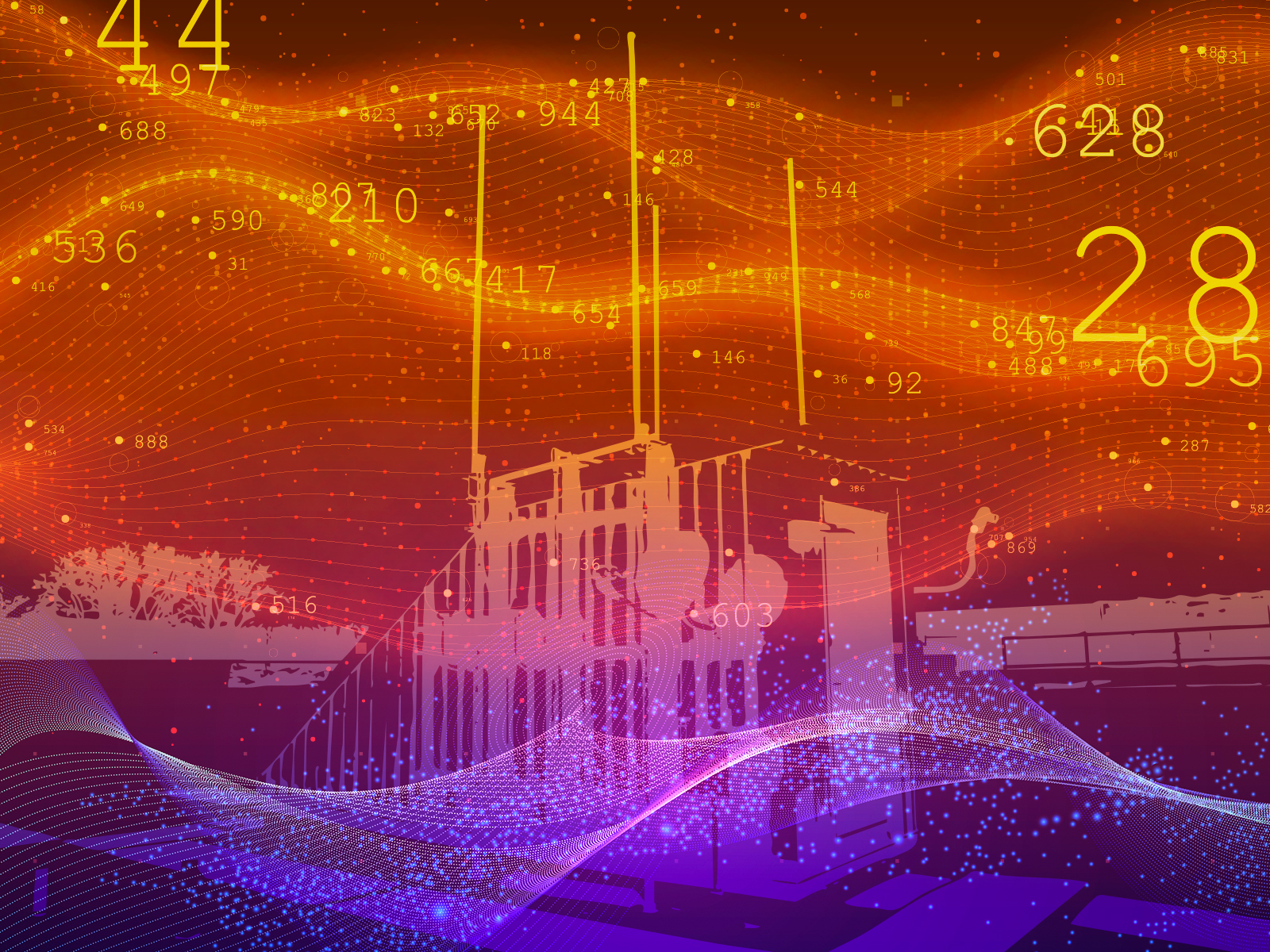Position, Navigation, and Timing Testbed

Strengthening Energy Sector Timing with the Position, Navigation, and Timing Testbed
Precise and synchronized timing is crucial for the advanced measurement and control of our nation’s electric power grid. To provide time data, the energy sector currently depends heavily on Global Navigation Satellite System (GNSS) receivers, primarily the U.S. Global Positioning System (GPS), due to their availability and low cost. However, this reliance makes the grid vulnerable to various natural and man-made threats, including solar storms, jamming, and spoofing, underscoring the necessity for alternative time sources to ensure grid safety and reliability.
Introducing PNNL’s energy sector PNT testbed designed with flexibility in mind
To address these challenges, Pacific Northwest National Laboratory (PNNL) established the Energy Sector Position, Navigation, and Timing (PNT) testbed. Designed by experts in electric utility systems, international standards, and testbed engineering, this modular platform supports the evaluation and integration of diverse timing solutions under realistic grid conditions.
The testbed emphasizes reusability, flexibility, and utility-sector relevance, making it ideal for developing and validating alternative time sources.
Key features include:
- Easy connection of substation-specific devices to ensure high-fidelity experimentation
- Programmable power system simulator to model and simulate various transmission and distribution scenarios likely to be encountered in real-world environments
- Ability to integrate emerging time sources as they become available for testing, whether terrestrial, radio-based, or fiber-linked
- Ability to create additional test cases for new power system applications that use precise timing.

Proposed use cases and scenarios to measure the extent of impact
Initial test cases will focus on electric power–specific applications, such as:
- Remedial action scheme for island reconnection using IEC 61850 telemetry
- Current differential protection
- Synchrophasor measurements
- Fault location, isolation, and service restoration
- Traveling wave fault location.
Further, these applications will be evaluated against specific scenarios to determine their impact on grid performance.

Identification of risks and creation of mitigation strategies with energy sector PNT testbed
The PNT testbed enables the demonstration of risks in a simulated environment, allowing grid operators to test electric system–specific performance under degraded or denied timing conditions. Examining these risks in a secure and realistic environment paves the way for operators to proactively identify, develop, and test mitigation strategies that can be employed to further the safety and reliability of grid operations.